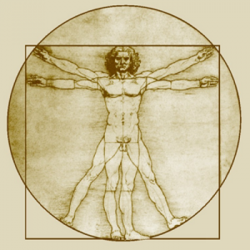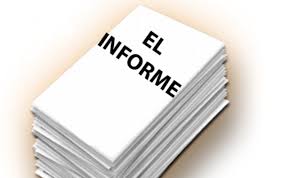 In the furniture industry, the use of an artificial material that resembles wood is very common. This material is MDF, whose initials in English correspond to medium density fiberboard and in Spanish it could be translated as "medium density wood fiber".
In the furniture industry, the use of an artificial material that resembles wood is very common. This material is MDF, whose initials in English correspond to medium density fiberboard and in Spanish it could be translated as "medium density wood fiber".
It is a processed product, specifically a type of chipboard. It is made from radiata pine wood found in countries such as Argentina, Chile or Brazil. It is a particularly heavy and compact chipboard. Likewise, the surface of the material stands out for being very thin and flat.
An environmentally friendly material
Contrary to popular belief, this product does not come from lumber workshop scraps, as it is made from felled trees. Most of the companies that work with the MDF defend criteria of environmental sustainability.
Elaboration process and main uses and advantages
To obtain this material, it is necessary to extract a substance, linin, from the original wood. This substance is what provides hardness and resistance to natural woods.
Once the linin is obtained, it is then mixed with synthetic resins. This mixture is heated in order to be transformed into rigid MDF panels. This material has multiple uses: floors, interior furniture, wall covering, wood veneers or kitchen doors. It is an easy material to work with, as it does not bend or split and can be brushed quite easily. Normally, a special glue is used for its preparation, which is formed by a toxic gas. Like any other material, it has different thicknesses and its quality varies depending on the brand and manufacturer. To achieve a perfect finish it is usual to use some type of fine sandpaper to avoid scratching.
MDF has a similar quality to solid wood, but is much cheaper. It is an ideal material to be painted or varnished. Despite its advantages, it is not very resistant to water and it is not suitable for use in very humid places.
Basic security measures
To handle the MDF it is convenient to incorporate some guidelines, especially a mask to protect yourself from dust, protective glasses and gloves. If this product is cut with a saw, it is necessary to protect the ears. In the event that the furniture needs to be painted, it is advisable to use a charcoal mask as protection.
Contains formaldehyde, a carcinogenic compound
One of the substances used in the manufacture of these tables is formaldehyde, which is listed by the World Health Organization as a carcinogen. Formaldehyde works as a kind of adhesive between the layers that make up a board. For this reason, the care that is given in the completion or sealing is essential, to try to prevent this chemical compound from being released into the air.
The problem lies precisely in direct exposure, which affects those who work with these materials in the first place. Although progress has been made in reducing it, formaldehyde is still used, and it is inevitable that a certain percentage is released into the environment. One of the signs is irritation in the eyes, as well as a clear nose in the throat.
It is important to observe and consult in this regard with whoever develops the furniture, and stop - we insist - on the finish that is given to the "skin", being that the more protected the interior of the furniture is, the less likely that the substance can escape.
Photo: Fotolia - Sergey0506









